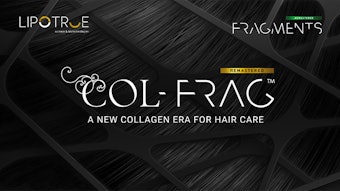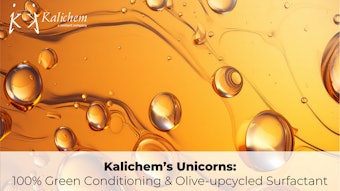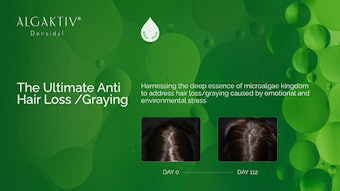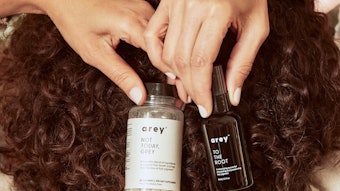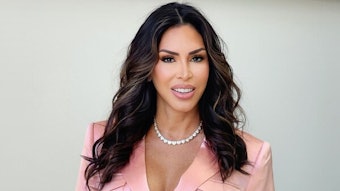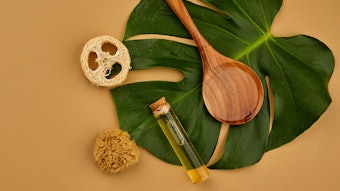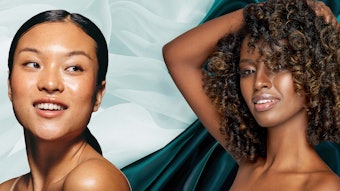Since ancient times, changing one’s hair color has been a fascination and status symbol. To many individuals today, it is a practical necessity with life expectancies inching upward—“50 is the new 40.” Influenced by the youth-oriented workplace and Madison Avenue, consumers are encouraged to eliminate the telltale signs of aging and to keep a youthful look as long as possible.
The promise of extending one’s youthful appearance is driving the personal care industry today. Popular antiaging formulas typically require several weeks or months to change the appearance of skin, but hair color and style, also crucial components of a person’s image, can be altered in the matter of a few hours. Most women and an increasing number of men find themselves hiding their gray, adding highlights or low-lights, and lightening or darkening a few shades, in attempt to make a visual statement about themselves through their hair.
Modern chemistry provides the hair color industry with a wide spectrum of possible colors. Hair coloring treatments range from simple and convenient temporary—i.e., diffusion/substantivity-controlled colorants—to the full commitment of a permanent or oxidative coloring process. Permanent hair color, however, is far from “permanent.” Factors such as washing, UV exposure and heat styling are generally known causes of fading.
